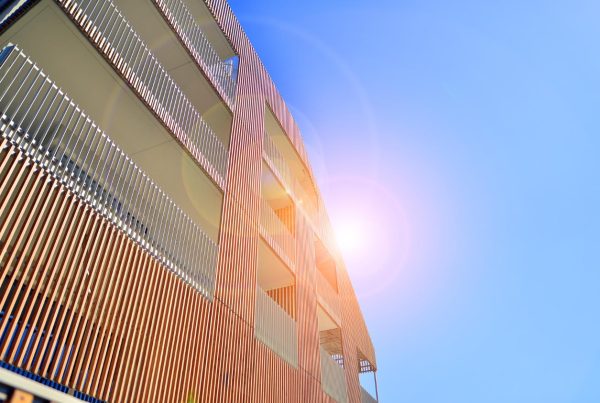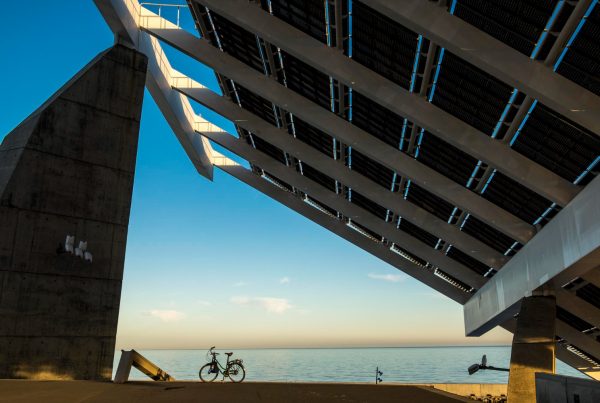
As the global narrative on sustainability grows louder, the construction industry is tuning in, with steel at the heart of its green orchestra. The metal’s proven strength, with progressive innovations in steel production and its inherent recyclability, places it in the limelight of eco-friendly construction practices.
The industry is not just stopping at recycling. It’s pushing the boundaries by developing lighter and more robust steel alloys. These new materials promise to reduce the overall quantity of steel required, thereby diminishing the environmental load from production to installation. This innovation is crucial, as it directly translates into lower energy consumption and reduced emissions throughout the lifecycle of construction projects.
In tandem with the evolution of steel itself, there’s a concerted effort to blend steel with other sustainable materials.
Sustainably sourced wood is an environmentally friendly material that helps capture and store atmospheric carbon dioxide. This process can offset some of the carbon emissions from making steel.
Furthermore, integrating recycled plastics into construction elements where steel was traditionally used alone can further reduce weight and energy consumption during the production phase and throughout the building’s lifecycle. The inclusion of recycled plastics also addresses the pressing issue of waste management, turning potential environmental liabilities into valuable construction resources.
These composites could deliver the same structural integrity as steel but with a fraction of the carbon footprint, embodying the principles of sustainable design and construction.
Yet, the journey is not without its hurdles. The road to a fully realised green construction industry demands significant investments in sustainable production technologies and the development of a robust recycling infrastructure. Financial and policy incentives are essential to encourage the adoption of recycled steel, ensuring that the circular economy doesn’t just function but thrives.
Collaboration is key to this venture. Manufacturers, builders, policymakers, and consumers must unite to address the challenges head-on. With shared resolve, the construction industry can turn potential into action, ensuring that steel continues to support not just our buildings but also our planet’s well-being.
Article 1: Forging a Greener Framework: The Quest for Sustainable Steel in Construction
Article 2: Bending Steel Towards Sustainability: The Rise of Green Production Techniques
Article 3: Charting the Steel Industry’s Green Blueprint: The Future of Sustainable Construction














